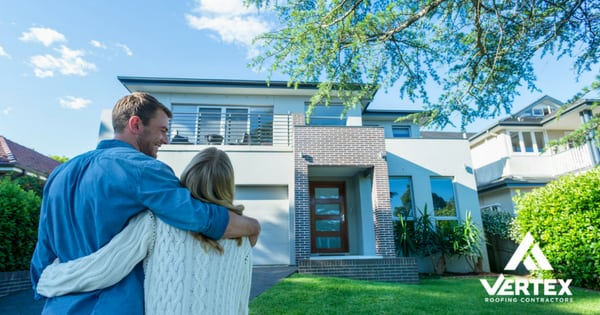Have You Checked Your Building For Dry Rot?
Do you live in home that was built more than a decade ago? Are you in an area prone to flooding, destructive storms, or termites? Depending on where you live, roof rot can be a quick failure or a long-term problem that causes a collapse when you least expect it. Especially when dealing with dry rot in wood materials, you need to keep an eye on both your wooden building materials and any material that could hold old water or house fungus.
Here are a few issues to keep in mind as you look through your building for rot risks and potential failure.
What Is Dry Rot? What Is Your Rot Risk?
Know the properties of your building materials. Every material has a set of standard, understood reactions to certain types of exposure. There is always something new to understand about unique exposure, but for the most part you can speak to an experienced roofing contractor professional to figure out how your materials will react.
Wood is one of the main rotting risks because it's the product of a living plant. The material will eventually become food for certain organisms, and will deteriorate in some form unless otherwise preserved.
It's a common practice to treat wood with some sort of sealant material and even a filler material to close gaps and prevent infection or outside infiltration. Unfortunately, there are many exceptions and special circumstances that affect treatment. The treatment itself can wear away as well, although it can take decades for the material to separate from the wood. Depending on when your home was built, who built it, and even errors from the material shipping company, the wood may not have been treated properly or at all.
How to Prevent Dry Rot
If you ask an expert for advice on how to prevent dry rot, it's all about using the proper sealed materials at the beginning and managing your flood risk. Making sure that nearby damaged trees are removed or treated with root rot repair can help as well.
Inspections Are Vital for Roof Rot
Because of the potential for untreated or early rotting, never assume that your entire building has the same condition. Get an inspection every few years, and especially after any damaging storms such as hurricanes or flood conditions. The damage isn't always obvious at first flooding or exposure, but if any water or other outside materials touches the material area, there's a chance for rotting.
Because of this, make sure that you're open for future inspections. Keep an eye on the materials and allow an inspector to check on the materials every few weeks. If you notice more dust or debris in the air, you may have a rotting issue or even a termite issue that could happened due to infestation or other disaster conditions.
Signs of Dry Rot
The signs of dry rot can be a bit hard to get to, but if you see one symptom, contacting an inspector can save you from a lot of expensive headaches later. There may be fungus growing from the wood, which usually looks like white or greyish wool. If it goes on for too long, a bigger white and brown fungus (fruited fungus) will grow in some areas. If the fungus isn't exposed, you may notice cracked and dried out features in the wood.
While lumber is a certain definition of dry when used as a building material, it shouldn't looked like the Salt Lakes or petrified wood. There may also be a smell similar to damp, pungent fungus. If anything smells weird and you can't find the source, get an inspector.
What To Do If You Discover Dry Rot
If you encounter dry rot, wood rot, or any kind of obvious discoloration or decay in your building materials, you need to contact a contractor immediately. It could be from flood damage, or it could be from overhead leakage and moisture exposure that will need a professional roofing company's assistance. For the best results, be sure to contact a roofing company to inspect the harder-to-reach areas.
Structural wood rot repair can be inexpensive if treated early. Wood rot can spread to other parts of the building, leading to more expensive repairs the longer you leave it unattended.
Vertex Roofing Contractors Offers Roof Inspections, Repairs, and Replacements for Dry Rot Damage in SLC, Utah
At Vertex Roofing Contractors, our certified roofing contractors have over 20+ years of experience with roof inspections, repairs, replacements and new installations for Salt Lake City, Utah residents and commercial businesses. If you have discovered roof rot from water damage, or roof damage from pests, give us a call at 801-639-0477 for a free bid. Ask us about our financing and roofing warranties.


